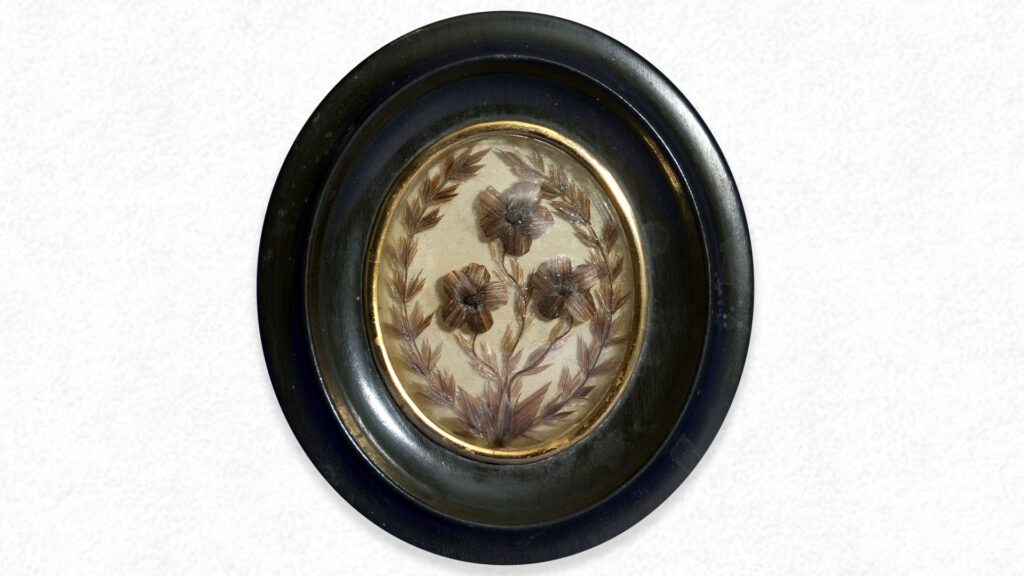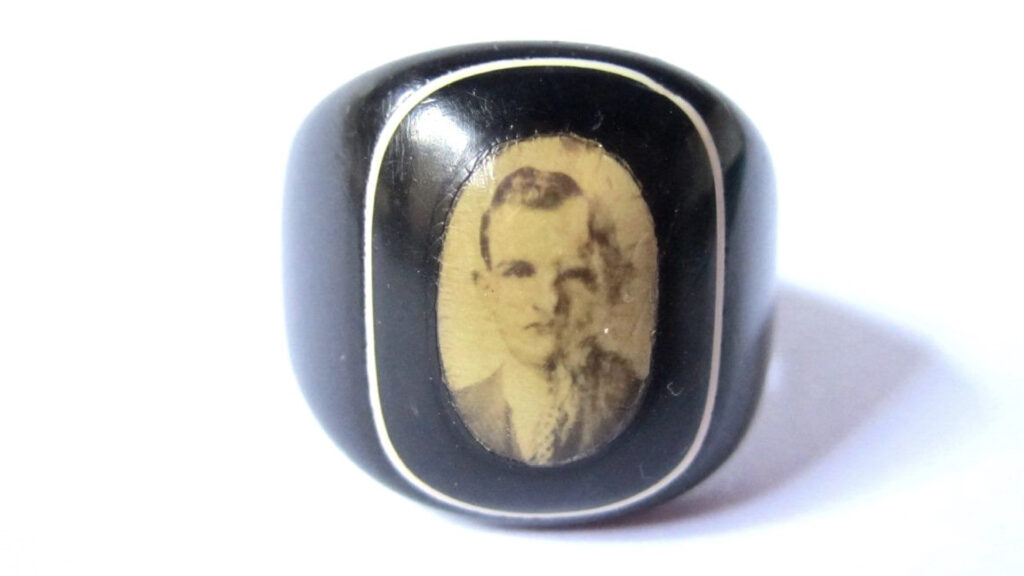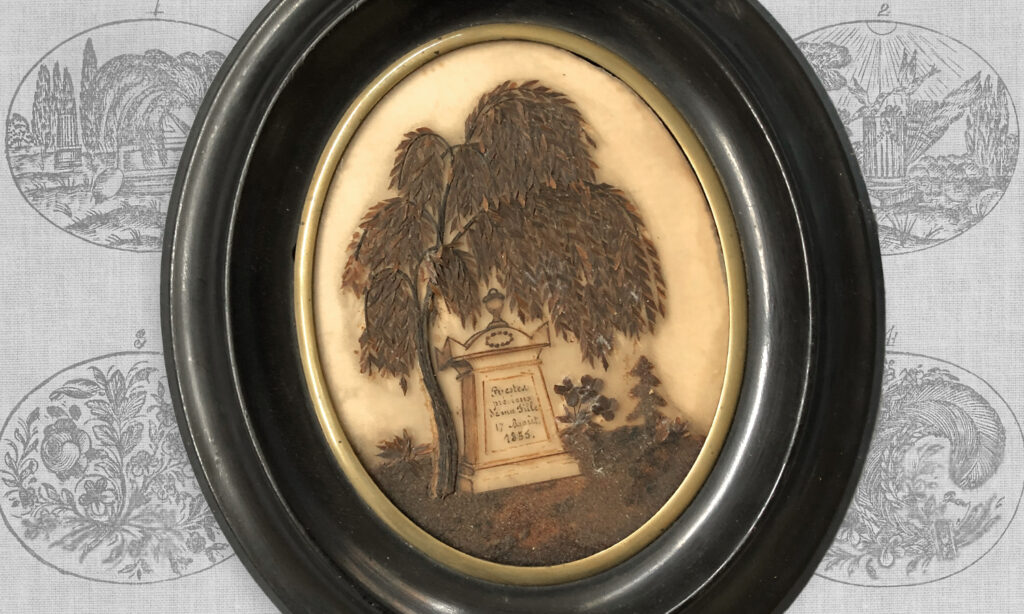A History of Hair Weaving, Part 11

America’s hairworking industry is as old as the United States itself, beginning in folk art and evolving to one of the largest industries in the world. Many memorial pieces began as folk art, such as samplers, due to their relation to the family and their textile creation. Items could be produced in-house and need not be commissioned by a third party. American quilting of the early 19th century produced its own version of the form. American symbolism can differ from European, with the inclusion of the bald headed eagle and American flag. Samplers were also created throughout regional Europe, with different regions having their own variations on the typical symbolism. Swiss styles of the mid 19th Century are broader in size and depend on the art of the neoclassical period. English samplers carried the familiar motifs of the previous century through, but are quite formal in style.
Being an primary part of the education of young women, weaving and needlework are essential in the personal creation of mourning items, specifically samplers and their evolution. When looking for styles in construction of samplers, DeLorme describes these techniques; “the simple cross stitch, most commonly employed in a young girl’s first sampler, was later to include satin stitch, French knot, running and outline stitches, seed and bullion, couching and crewel”. Mourning samplers with water colour painting in the piece, as well as coloured silk, wool, or chenille thread on silk or satin background are also prolific, according to DeLorme. Hairwork memorials with woven hairwork (regularly in the shape of flowers) placed over a background (often silk) and framed are a popular use of hair as a material, as well as being chopped and glued in the form of a memorial image.






